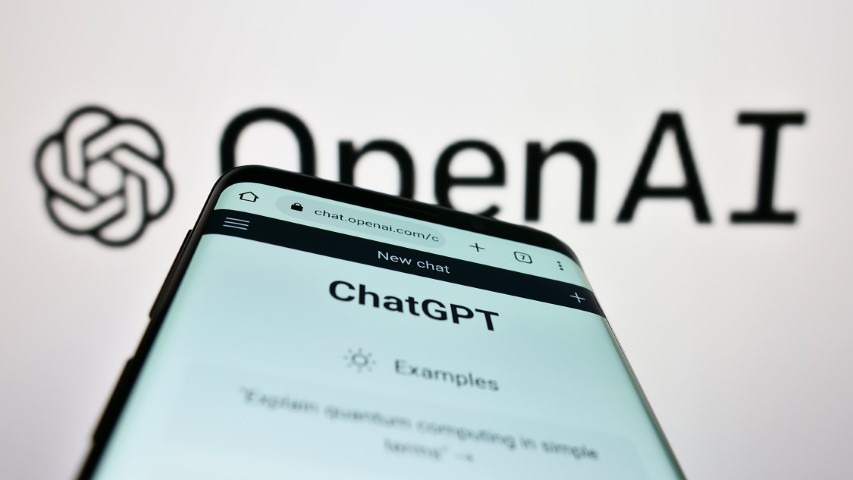AI Turns Against Us: Malware Now Uses GPT-4 to Build Its Own Attacks
A new kind of cyber threat has emerged: malware that uses GPT-4 — the same type of AI behind advanced chat assistants — to generate malicious programs like ransomware. It’s like giving a weapon the ability to forge its own bullets. Researchers have discovered a prototype called MalTerminal that does just that.
MalTerminal is a Windows program that, when run, can ask for instructions (for example, “create ransomware” or “open a reverse shell”), then it uses GPT-4 behind the scenes to write the necessary code on the fly. This means that instead of relying on a fixed, known payload, every attack could be unique — making detection much harder.
Interestingly, there’s no proof that MalTerminal has been used in real attacks so far. It might still be more of a proof-of-concept or a tool used in testing or research environments. But even as a prototype, it signals a big shift: AI is becoming not just a tool for attackers, but a part of the attack itself.
What’s happening here is part of a rising trend in cybersecurity: embedding large language models (LLMs) into malware. This gives malicious software more flexibility, creativity, and adaptability. Rather than relying on a database of virus signatures or known exploits, an LLM-driven tool can generate new attacks on demand — which is harder for defenders to anticipate or block.
For ordinary users and businesses, this development is a wake-up call. It shows that attackers are leveraging cutting-edge AI, not just old tricks. To stay safe, it’s more important than ever to keep software updated, use strong security tools, and watch carefully for strange activity — even when everything seems normal.









